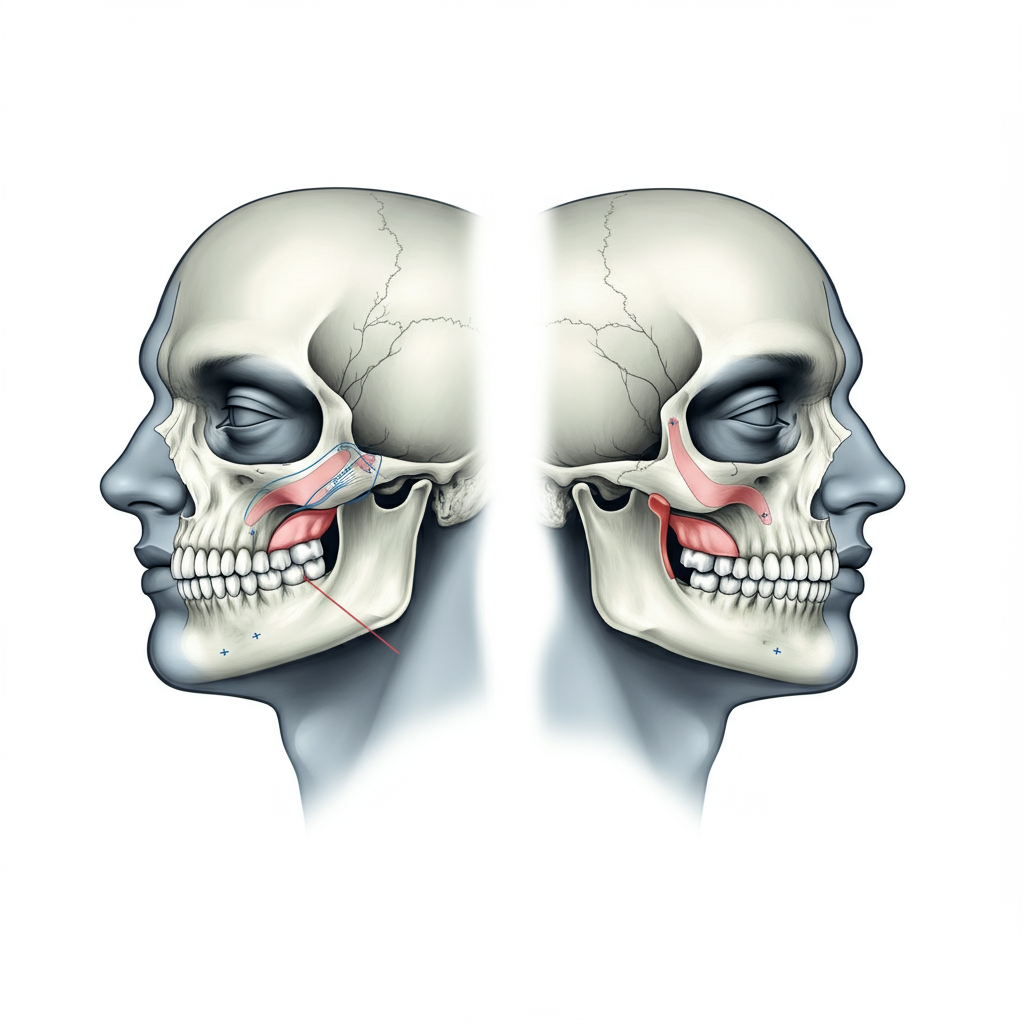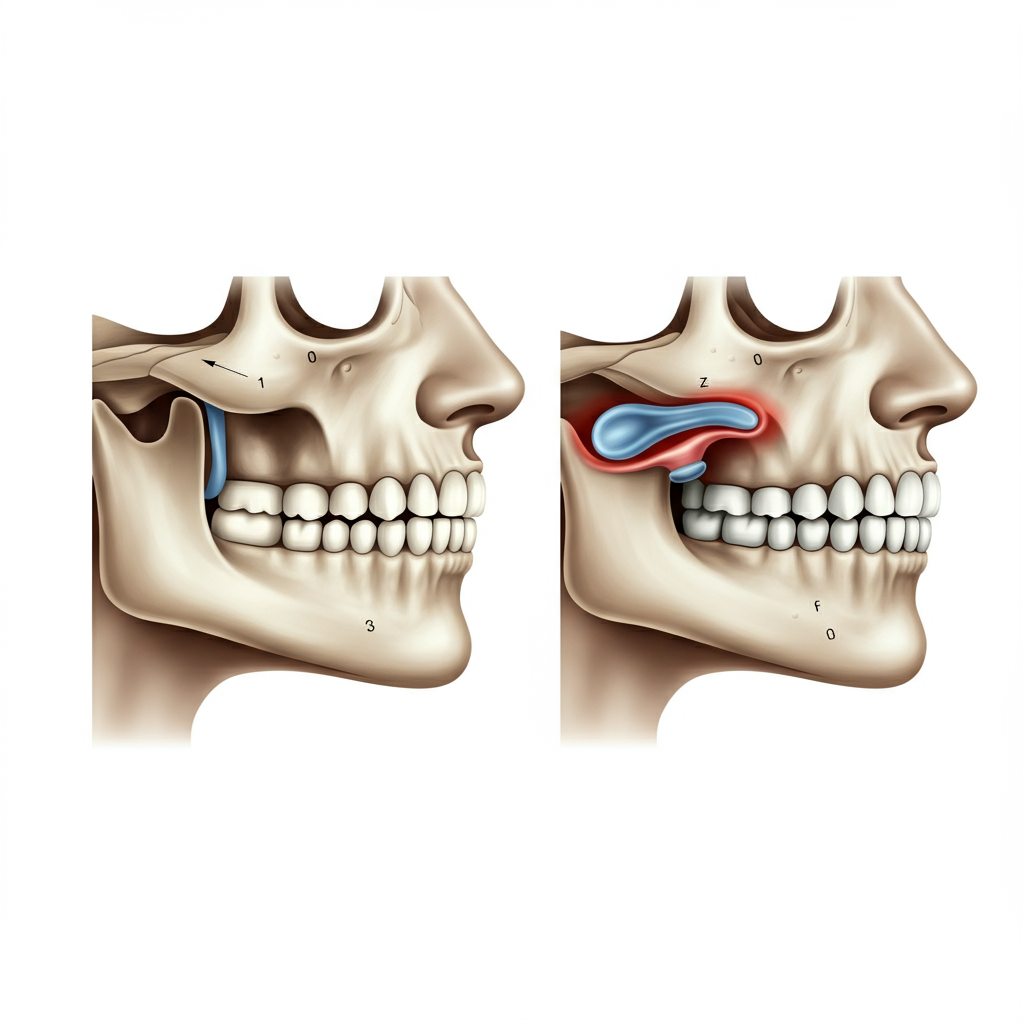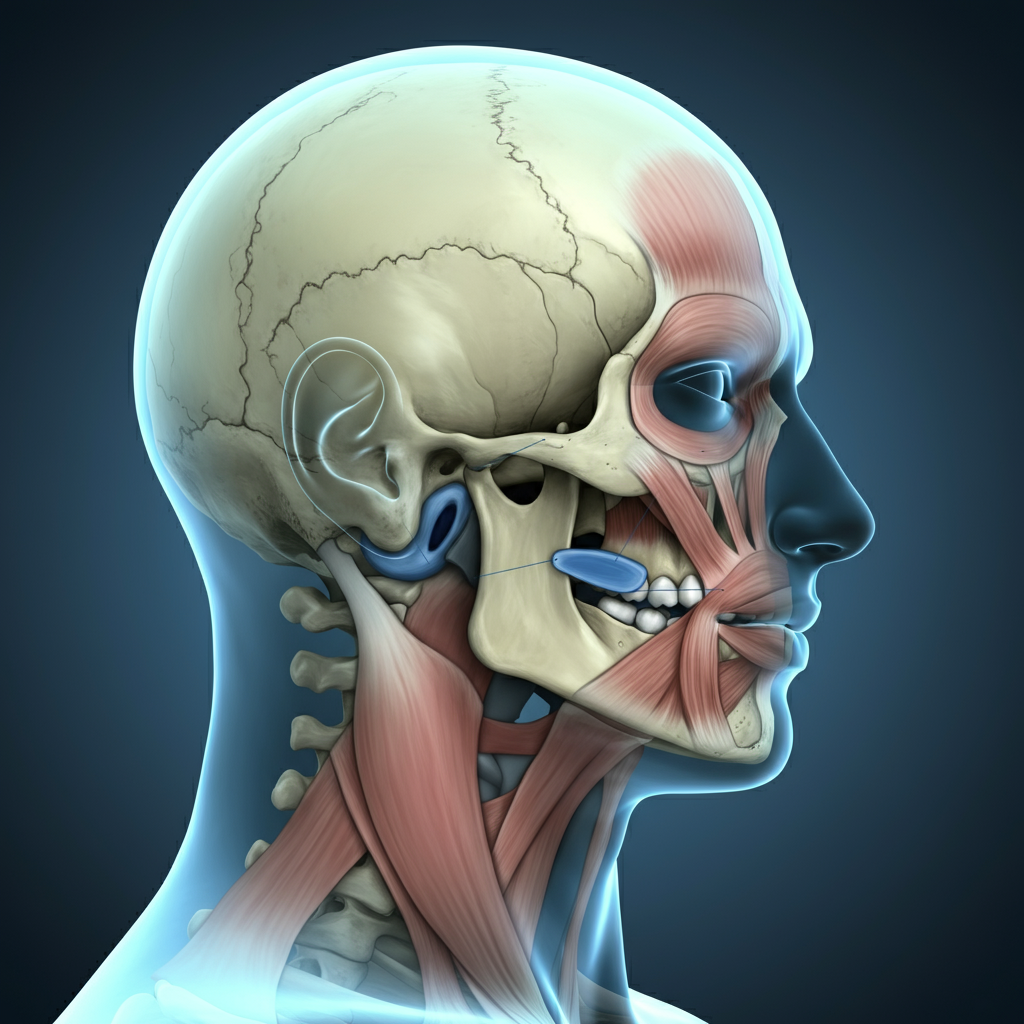TL;DR with Bullet Points
- What is Orthognathic Surgery?
- Corrective jaw surgery to realign the upper and/or lower jaws.
- Improves both function (chewing, breathing) and appearance.
- Who Needs It?
- Jaw misalignment (overbite, underbite, crossbite, open bite).
- Difficulty chewing, biting, or swallowing.
- Chronic jaw/TMJ pain or headaches.
- Breathing issues or sleep apnea.
- Facial asymmetry or imbalance affecting confidence.
- The Process:
- Orthodontic Preparation: Braces for 12–18 months to align teeth.
- Surgery: Performed under general anesthesia; no visible scars.
- Recovery: Swelling, liquid diet, and gradual healing over weeks.
- Post-Surgical Orthodontics: Fine-tuning bite with braces for 6–9 months.
- Benefits:
- Improved chewing, speaking, and breathing.
- Relief from chronic pain and sleep apnea.
- Enhanced facial symmetry and self-confidence.
- Long-term functional and aesthetic improvements.
Your jaw does more than just chew and talk. Its alignment affects how you breathe, sleep, and even how you feel about your appearance. When the upper and lower jaws don’t meet correctly, it can lead to a host of problems that impact your daily life. Fortunately, a transformative procedure called orthognathic surgery offers a solution, improving both function and form.
This post will guide you through the world of orthognathic surgery. We will explore what it is, the conditions it corrects, and what you can expect from the process. By the end, you’ll understand how this surgery can significantly enhance your health and quality of life.
What Is Orthognathic Surgery?
Orthognathic surgery, also known as corrective jaw surgery, is a specialized procedure performed to correct irregularities of the jaw bones. It involves surgically repositioning the upper jaw (maxilla), lower jaw (mandible), or both to improve their alignment and function.
This isn’t just a cosmetic procedure. While it often results in a more balanced and harmonious facial appearance, its primary goal is to correct functional problems. An oral and maxillofacial surgeon typically performs the surgery in collaboration with an orthodontist. The orthodontist first aligns the teeth with braces, and the surgeon then repositions the jaw to create a proper bite.
Who Needs Corrective Jaw Surgery?
Jaw growth is a gradual process. Sometimes, the upper and lower jaws grow at different rates, resulting in a misalignment. This can be caused by genetics, trauma to the face, or certain birth defects. These issues often become apparent during the teenage years, between ages 14 to 16 for females and 17 to 21 for males, when jaw growth is complete.
Orthognathic surgery addresses problems that cannot be solved with orthodontics alone. Here are some of the key conditions that may require corrective jaw surgery.
Significant Jaw Misalignment (Malocclusion)
Malocclusion, or a “bad bite,” is a primary reason for considering orthognathic surgery. While braces can fix tooth alignment, they cannot fix a significant discrepancy in jaw size or position.
- Overbite/Overjet: This occurs when the upper jaw and teeth protrude significantly over the lower jaw and teeth.
- Underbite: This is when the lower jaw extends out farther than the upper jaw, causing the lower teeth to sit in front of the upper teeth.
- Crossbite: In this case, some of the upper teeth sit inside the lower teeth when the mouth is closed.
- Open Bite: An open bite happens when a space remains between the upper and lower teeth when the back teeth are together. This can make it difficult to chew or bite into certain foods, like a sandwich.
Difficulty with Chewing, Biting, or Swallowing
When your jaws don’t align, simple daily functions can become a challenge. You might find it hard to chew food thoroughly, which can lead to digestive issues. Biting into an apple or other firm foods may feel impossible. Some people also experience difficulty swallowing. By realigning the jaws, surgery restores the ability to eat comfortably and efficiently.
Chronic Jaw or TMJ Pain
A misaligned jaw can put a great deal of strain on the temporomandibular joint (TMJ), the hinge that connects your jaw to your skull. This constant stress can lead to chronic pain in the jaw, face, neck, and even cause recurring headaches. Orthognathic surgery can alleviate this pressure on the TMJ, providing lasting relief from pain.
Breathing Problems and Sleep Apnea
The position of your jaw has a direct impact on your airway. A recessed or small lower jaw can cause the airway to be narrow, leading to breathing difficulties, especially during sleep. This is a common cause of obstructive sleep apnea (OSA), a serious condition where breathing repeatedly stops and starts. By moving the jaw forward, orthognathic surgery can open the airway, reduce or eliminate snoring, and resolve sleep apnea.
Facial Imbalance or Asymmetry
Our brains are wired to find symmetry attractive. A significant imbalance in facial features, such as a protruding lower jaw, a receding chin, or facial asymmetry, can affect self-esteem. Orthognathic surgery can create a more balanced and proportional facial structure, which often leads to a significant boost in confidence.
The Journey Through Orthognathic Surgery
The process of orthognathic surgery is a journey that involves careful planning and a team-based approach. It typically spans one to three years and includes several distinct phases.
Phase 1: Orthodontic Preparation
Before surgery, you will work with an orthodontist. You’ll wear braces for 12 to 18 months to straighten and align your teeth within each arch. This step is crucial because it prepares your teeth to fit together perfectly after the surgeon repositions your jaw. During this time, your bite might temporarily feel worse, but this is a normal part of the process.
Phase 2: The Surgical Procedure
Once your teeth are in the correct position, the surgery is scheduled. The procedure is performed in a hospital under general anesthesia. Your oral and maxillofacial surgeon will make cuts inside your mouth to access the jaw bones, which means you won’t have any visible facial scars.
Using advanced 3D imaging and planning software, the surgeon precisely repositions the jaw bone(s) according to the predetermined plan. Small titanium plates and screws are used to hold the jaw in its new position. The entire surgery usually takes a few hours.
Phase 3: Recovery and Healing
After surgery, you will likely stay in the hospital for one to three days. Recovery at home is a gradual process. You can expect some swelling, bruising, and discomfort, which can be managed with medication.
For the first few weeks, you will be on a liquid or soft-food diet to allow your jaw to heal without pressure. Your surgeon and orthodontist will provide detailed instructions for oral hygiene and follow-up care. Most people can return to school or work within two to four weeks.
Phase 4: Post-Surgical Orthodontics
About six to eight weeks after surgery, your orthodontist will begin the final phase of “fine-tuning” your bite. This involves minor adjustments to your braces to guide your teeth into their final, optimal positions. This phase usually lasts for another six to nine months, after which the braces are removed.
A Life-Changing Transformation
The benefits of orthognathic surgery extend far beyond a straight smile. Patients often report dramatic improvements in their ability to chew, speak, and breathe. The relief from chronic pain and the resolution of sleep apnea can have a profound positive effect on overall health and energy levels.
Equally important is the impact on self-confidence. Achieving a balanced facial profile can be life-changing, helping individuals feel more comfortable and confident in social and professional settings. By correcting underlying structural issues, orthognathic surgery provides a permanent solution that enhances both function and aesthetics, empowering you to live a healthier, happier life.





